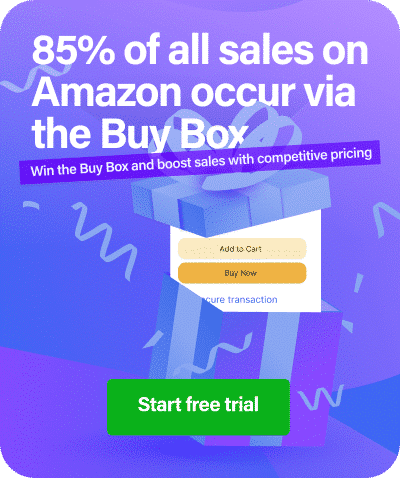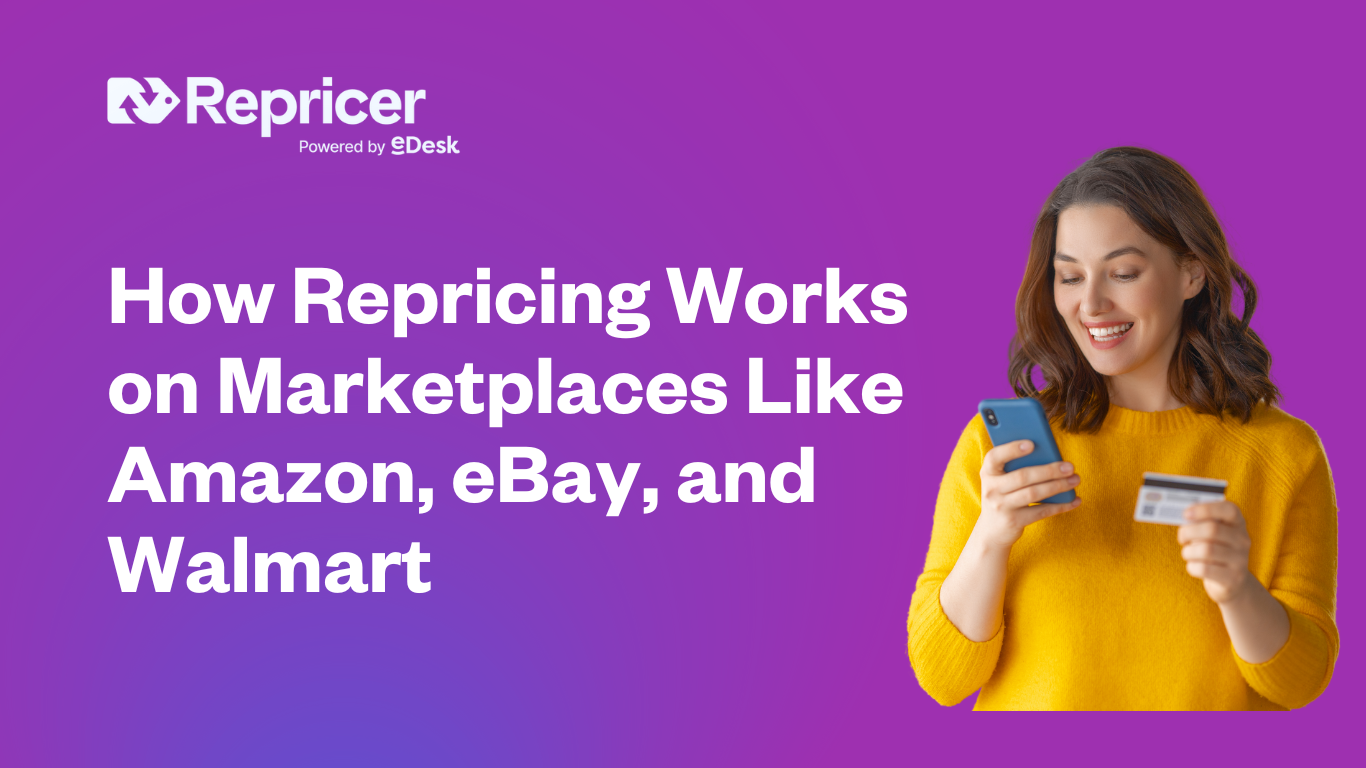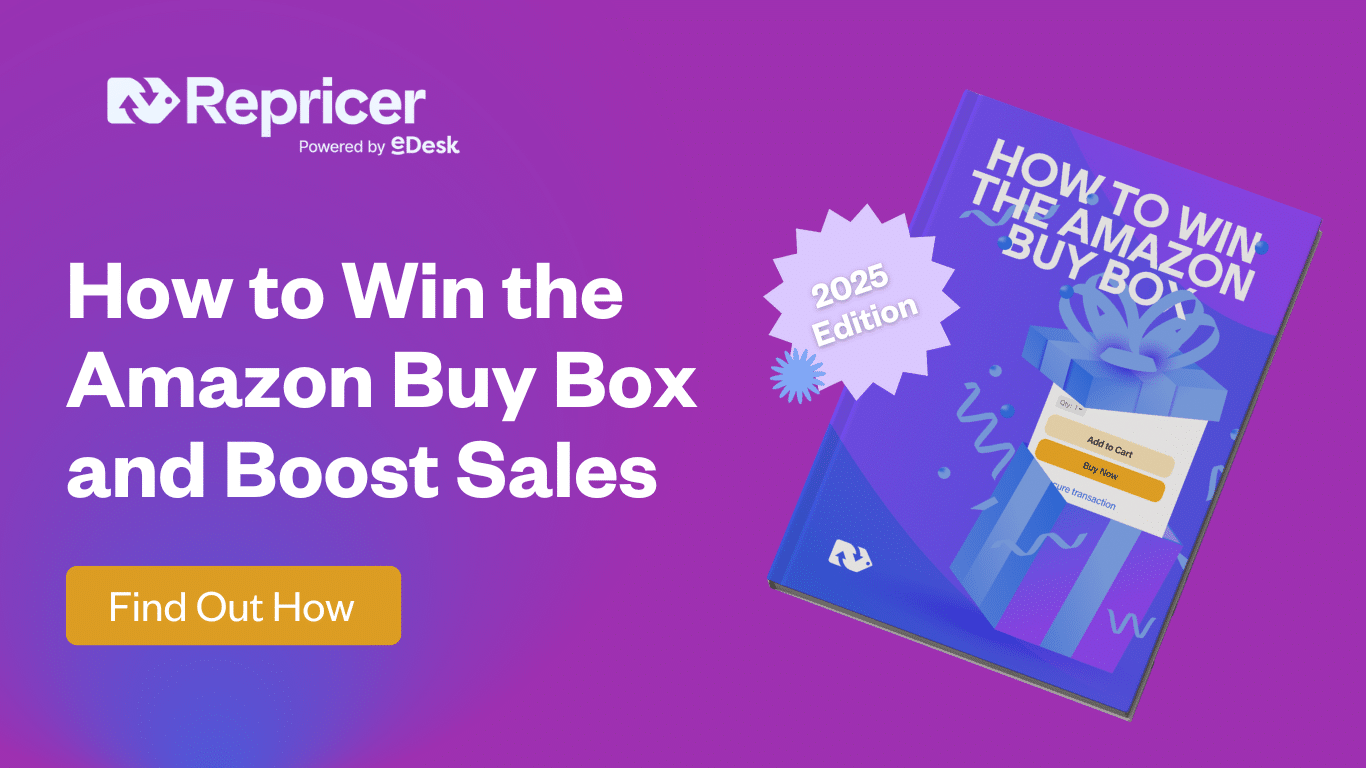Think that repricing is just changing numbers? Think again! It’s about so much more, like knowing exactly where your competitors are, what they’re doing, and why it matters for your bottom line. Competitor analysis is the secret sauce behind effective repricing. And without it, you’re essentially just guessing.
The thing is, if you want to squeeze maximum profits out of every sale (and who doesn’t, right?), you’ve got to understand how your competitors behave, and then you have to price accordingly.
In this post, we’ll look at why competitor analysis is crucial to repricing success, and how it can help you up your Amazon marketplace game.
Competitor Analysis: Your Ticket to Repricing Mastery
Competitor analysis sounds complicated — but really it’s just about understanding the marketplace you’re competing in.
When you’re selling online, especially on platforms like Amazon, your competitors’ pricing choices have a direct impact on your visibility, sales, and profits.
When you regularly analyze competitors, you can spot patterns, anticipate changes, and shift your pricing strategy proactively – rather than reacting to market shifts after the fact. Without competitor insights, you’ll constantly be on the back foot, playing catch-up instead of leading the pack.
How Competitor Intel Gives Your Pricing Strategy Superpowers
Competitor analysis goes far beyond simply looking at how other sellers price their products. It’s a comprehensive process, focusing on competitor pricing strategies, stock levels, and even sales performance. Here’s how it shapes your repricing decisions.
And, of course, you can’t analyze your competitors if you don’t know who they are! So, the first step in competitor analysis is knowing who your real competitors are.
However, your competitors aren’t just those selling identical products – they’re the sellers with similar pricing strategies, fulfilment methods, customer service reputations, and feedback scores.
You might find that your most aggressive competitor isn’t the cheapest seller, but the one offering a similar price with faster delivery or better reviews. Once you know who you’re competing against, you can set more targeted and effective repricing rules.
Spotting Pricing Patterns That Make You Money
Not every seller operates the same way. Some aggressively reduce prices to grab quick sales, others hold steady to protect margins, and some fluctuate strategically based on supply and demand cycles.
Why does this matter? Because the most effective competitor analysis involves consistently tracking how and when competitors change prices.
Understanding these patterns can significantly boost your repricing success. For example, does your competitor drop their prices at weekends? While you might be tempted to compete with them then, you could instead hold your price steady, banking on weekday shoppers who value reliability over rock-bottom pricing.
Stock Levels Tell a Story
Competitor analysis doesn’t just focus on price. You’ll need to keep an eye on your rivals’ inventory levels as well. If a key competitor runs out of stock, that’s your cue to consider raising prices so you can capitalize on their absence.
Repricers like Repricer.com help automate this process. But first, you need to know what stock levels look like across your market. This helps you anticipate periods of low competition and adjust your pricing to make the most of these times.
Navigating the Buy Box Battle (and Winning)
You don’t need us to tell you that the Amazon Buy Box is the holy grail for sellers. But price alone won’t guarantee you a spot.
Competitor analysis lets you see precisely what other sellers are doing right – think optimized shipping methods, great feedback scores, or consistent product availability.
You can use repricing software to stay within striking distance of the Buy Box without slashing prices unnecessarily. Keeping an eye on who regularly wins the Buy Box and why helps you adjust your strategy and get the competitive edge one of the most valuable real estate areas on Amazon.
Turning Competitor Slip-ups into Your Wins
Competitor analysis doesn’t start and end with matching smarter sellers though. If you can recognize when your competition makes mistakes, you can seize the opportunities this creates.
Competitors often misprice products, either undervaluing or overpricing them due to errors, lack of market insight, or simply oversight.
If you spot a competitor’s pricing error – whether too high or too low – you can capitalise on that mistake. For example, an overly cheap product might indicate poor understanding of market value, allowing you to win sales at a better margin. Conversely, if they’ve priced too high, you can undercut slightly, attracting buyers looking for better value.
Make Competitor Analysis Easy with Repricer
If you’re thinking that competitor analysis seems like a lot of work, you’re probably imagining doing it manually, keeping an eye on your competitors at all hours of the day, scrutinizing prices one at a time.
But there’s no reason to make it this hard on yourself!
Tools like Repricer make competitor analysis so much easier. You can track your competitors automatically and auto-adjust prices according to the market conditions you define. Instead of spending hours manually monitoring competitor activity, you can set your rules, let the software do its thing, and then enjoy the results.
Repricer essentially turns competitor behaviour into actionable insights. The result? You win more Buy Boxes, improve your visibility, and increase profits without stress.
Time to Try Competitor-Driven Repricing?
The message is clear: If you want to grow your business, stop guessing, start spying! And don’t make it harder than it needs to be.
Repricer transforms competitor analysis from a tedious time-suck into smooth, automated magic. But hey, don’t just take our word for it – start your free 14-day trial of Repricer today and see how quickly competitor insights turn into real results for you.




